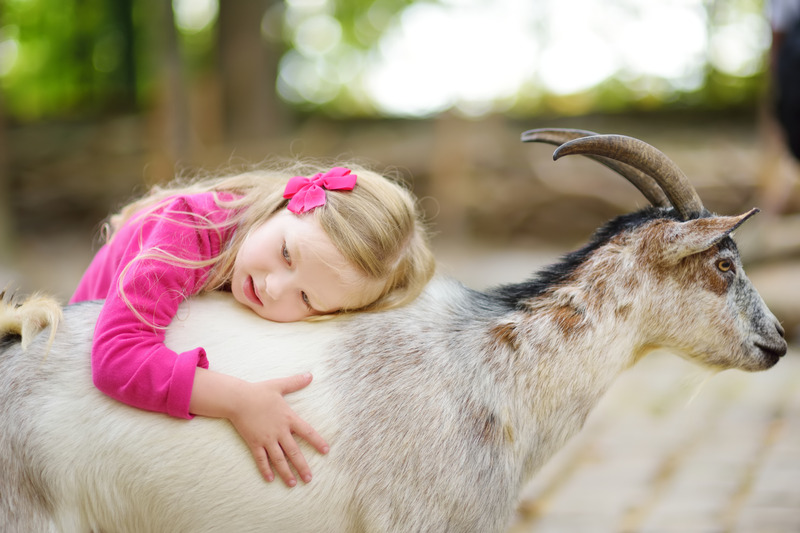Farm visits are not just a means of recreation for children; they also provide a great chance for valuable learning and make the job of teaching even more interesting.
Even more, a visit to a farm is a great opportunity to teach about habitats and natural environment of different farm animals.
If you’re in the central Florida area, you can visit one of these local farms with your kids: https://www.tripadvisor.com/Attractions-g1591089-Activities-c47-t122-Central_Florida_Florida.html
Objectives of a Trip to the Farm
- Enables children to understand the habitats of animals
- Children understand bio-diversity
- Enables children to learn about the landscape and the farmer’s role on the farm
- Children learn about the environment
- Recreation
Children freely explore the animal farm and see various farm animals like pigs, cows, chicken, ducks, and sheep. They understand the main elements required for habitats and the role of these animals in the environment.
Activities for Understanding the Animal Habitat
Children learn efficiently through interesting real life examples. An animal farm is an ideal place to acquire knowledge, as children see the true activities and have fun together. The activities are planned in accordance with the main objectives and the age of the children.
Activity 1: The students are grouped in various groups and asked questions related to the shape, size, color, sounds and habitat of the animals they see at the farm. They understand the differences between animals, such as a cow lives in a barn, eats grass and is big in size. On the other hand, a pig lives in a pen, an ark or a pig sty and is smaller in size.
Activity 2: Human beings are dependent on animals. They are an integral part of the food chain and thus help in balancing the ecosystem. Children understand the food chain through real examples shown at the farm.
For example:
- Grass – goat – man
- Grain– chicken – man
Children also learn that animals do not just provide milk and eggs as food products but also help in fertilizing the soil.
Animal manure may be used as a fertilizer for the plants. Cow manure is used to provide fuel as a bio-gas which is used for heating purposes.
The students also learn other uses of animals, like wool from sheep or leather from calf.
Activity 3: Children become aware of the role of the farm caretaker and other farm workers. They see the caretaker and his workers performing the tasks of feeding, cleaning and providing water to the animals. Students are given a chance to see the workers milking cows and shearing sheep.
Things to Remember at the Animal Farm
Children become more excited when they are outdoors. At the animal farm, learning about animals and their habitat is important, but the health and safety of the children, as well as that of the animals, is equally important.
Children should be reminded to wash their hands after touching the animals. They should also be discouraged from shouting, screaming or chasing animals. Animals who don’t normally bite or peck may lash out if they get frightened. Therefore, children should be advised to be careful with the animals. A first-aid kit should be kept handy just in case of any need.
Recreation is a basic part of the whole visit. Children enjoy watching the feeding of the pigs, the chickens laying eggs, and the sheep shearing. This is a wonderful learning experience for the class. Their interest in understanding the environment and the relationship of animal life to their lives is made clear through the visit to the animal farm.
Thus, a trip such as this can enhance the cognitive skills of the children and make them think more deeply about the role of animals and their habitats in the ecological community.
Also, this activity develops a sense of concern and responsibility for the animals and encourages children to learn and to care for their habitat.

